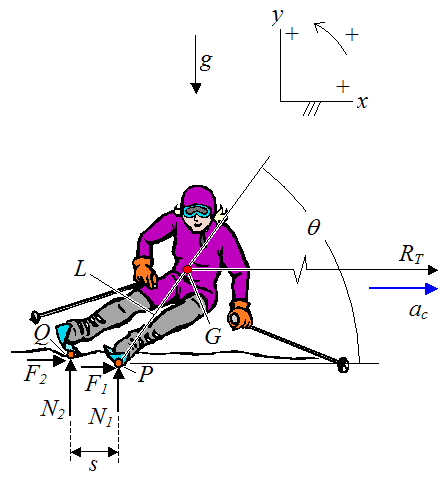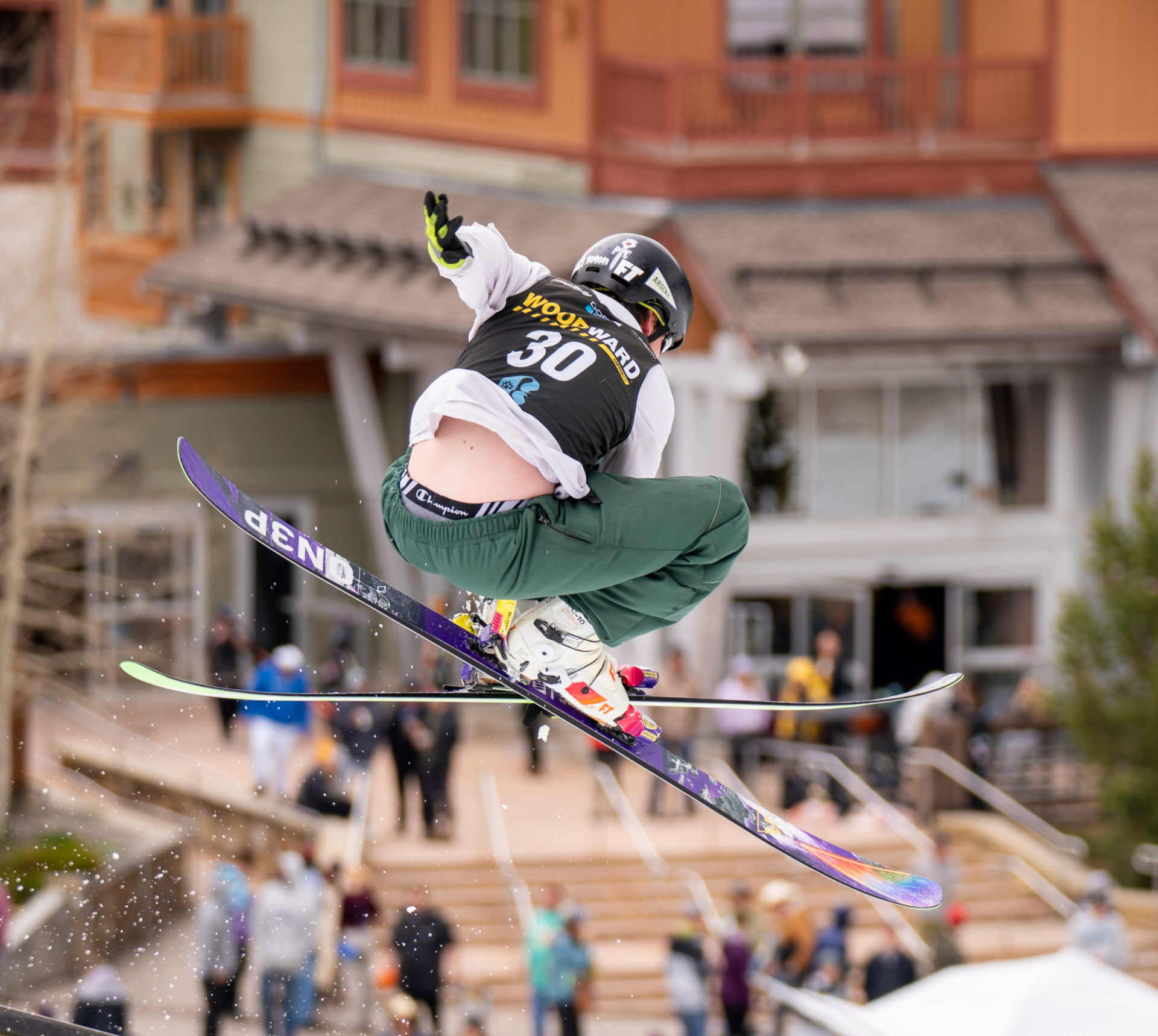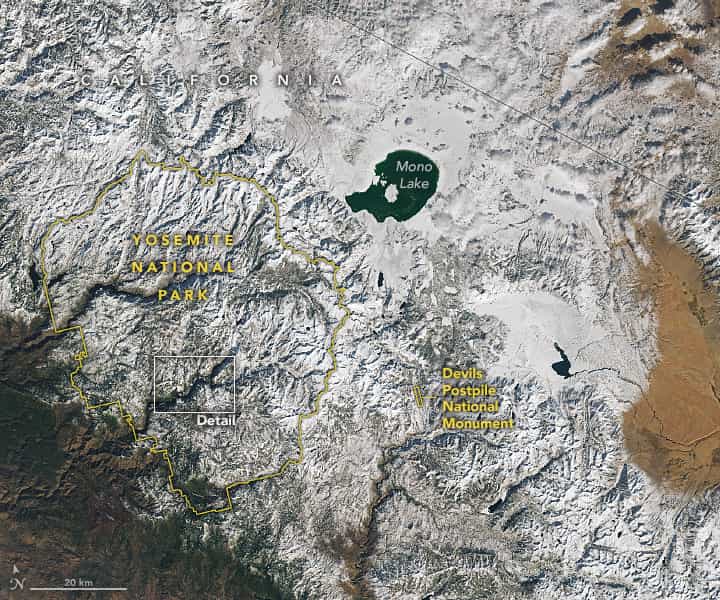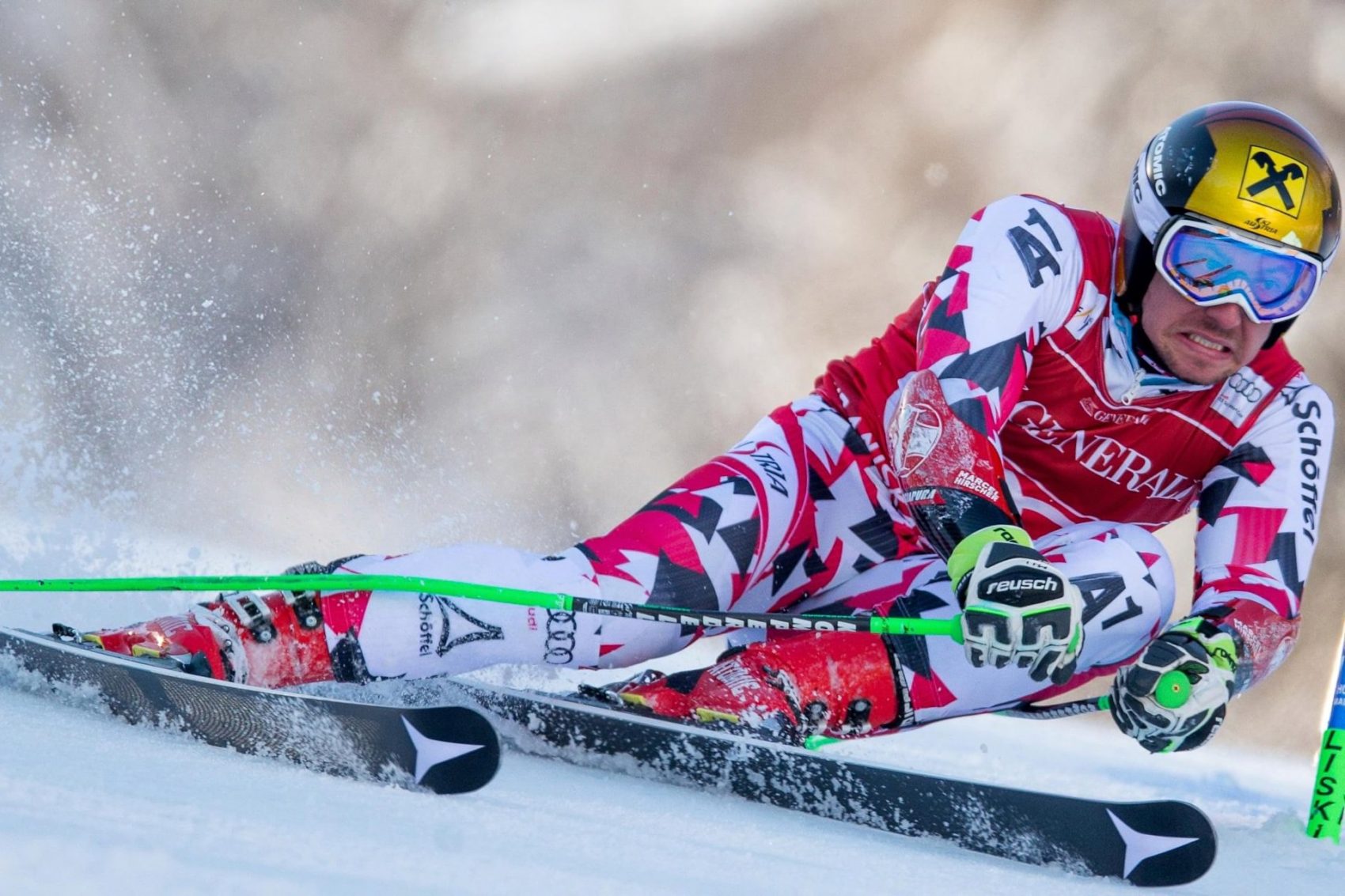
Sure, we all get that gravity pulls skiers downhill and carving a turn is faster than snowplowing, but have you ever stopped to actually think about the physics of ski racing? While no skier can go as fast as physics suggests they can, World Cup ski racers get the closest. Let’s break down the forces behind the best alpine skiers in the world.
Drag
Most people like to wear multiple layers to stay warm when they go skiing in the winter, but not ski racers. Instead, they wear tight spandex known as speed suits. These special suits are designed to reduce the drag a person experiences while moving through the air. In addition to tighter clothing, racers crouch down, or “tuck” whenever possible. To help increase the aerodynamics of a ski racer, their poles are curved to fit tightly around them when tucking.
Friction
If there is less friction between a ski and the snow than the person will go faster. Seems simple, right? While the concept is fairly simple, being able to followthrough is not. There are two ways a ski can be changed to reduce friction. The first is to sharpen the edges so there are no burs (more on edges below). The second is to have freshly waxed skis. Not only is it important to have a fresh coat of wax (scraped and then brushed off), but it has to be the correct wax for the conditions. Snow’s properties change with temperature so there are different density waxes depending on the day’s conditions.
The snow on a race trail can also be altered to reduce friction between a ski racer’s skis and the snow. Good racing conditions are far from plebian’s ideal conditions. Most people seek out powder, but that slows racers down. Instead, the ideal racecourse is rock solid. The trail’s surface more closely resembles ice than snow and many people would describe it as “bulletproof”. No recreational skier would want to slide down a racecourse for the same reason it is ideal for racing. Ice exerts much less friction on a ski than snow does.
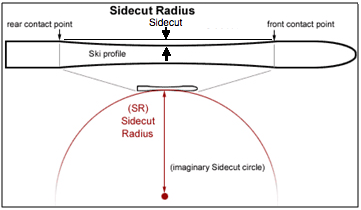
The Perfect Turn
With the perfect turn, ski racers can manipulate physics to their advantage. Since the invention of shaped skis in the early 1990s skiers have been able to get much more power out of their skis. Every ski has a certain radius, which is determined by the sidecut of the ski. The fastest path a ski can take is to carve a turn with the same radius as the ski. Any other radius would result in the ski sliding which would increase friction. This is where having sharp edges with the correct angle is very important. Since the edges of the skis are the only thing keeping a skier attached to the snow they play a crucial role.
In ski racing, the person who gets down the hill the fastest wins. To a physicist, ski racing is about who can decrease friction and drag the most while optimizing a ski’s radius. There are many other pieces to factor in as well, such as the size vs weight of a person. More mass means a skier can go faster, but they tend to have more drag. For a deeper dive check out Real World Physics Problems. As gear changes and technology improves racers will be able to shave hundredths of a second just by following the basic laws of physics.
